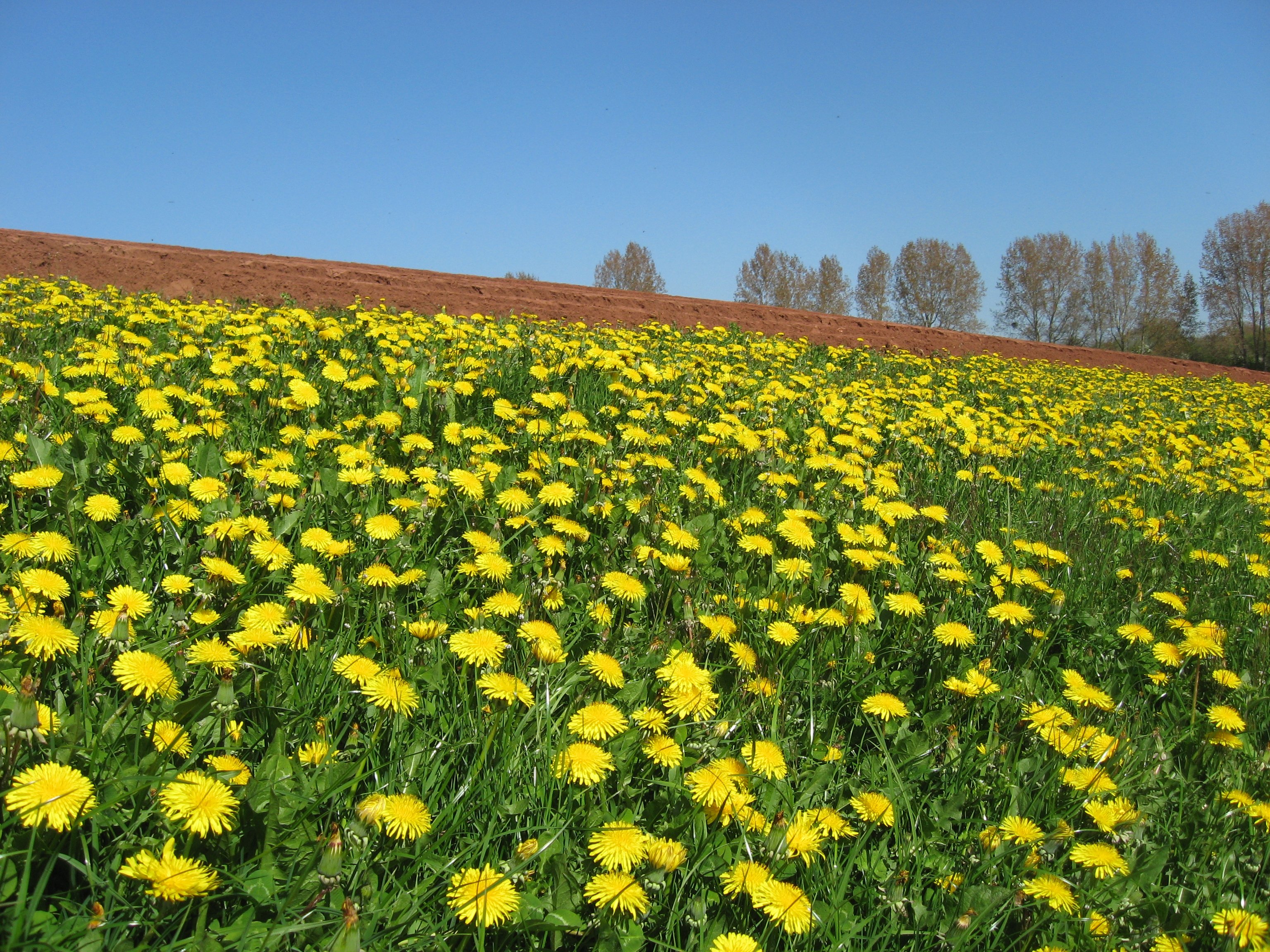Celandine problem
 curlydog
Posts: 8
curlydog
Posts: 8
Hi,
newbie here.
Last year someone "helped" dig over a patch of ground at my husband's cottage. This has now become a total mass of celandine this spring. The ground is already quite hard so is difficult to weed by hand. Also this patch is surrounded on 3 sides by box hedge. There are also pretty primroses hidden in this patch.
My plan was to dig out the primroses and then perhaps use "Roundup" to get rid of the celandine. But will this damage the box bush hedge?
I am currently weeding out another celandine patch by hand and find it is time consuming and deeply demoralising. As well as back breaking.
Advice please on effects of Round up on Box or any suggestions for better eradication of celandine, much appreciated.
The Box is well established but is very important.
Thanks
Last edited: 21 April 2017 10:30:17
Posts
if you get roundup on the box it will kill it, how about lifting the primroses and cover the area with a couple of layers of cardboard this will suppress the weeds, then put new topsoil/compost on the top and you can plant straight into it. plus it will help with the soil structure.
I have Celandine's too and not sure if they are a problem or an advantage, advantage to spring pollinators and they provide ground cover.
I have them mixed in with several spring plants and bulbs inc Aconites, Primrose, Snowdrops, Dogs Toothed Violets and others.
The Celandines very quickly die back and disappear after flowering and are no longer a problem for the rest of the year. I've found that trying to dig them out no matter how vigilant you are only seems to increase there numbers next year somehow.
I've decided to tolerate them and live with them as they don't seem to supress other spring bulbs but I have moved my Primroses elsewhere though.
Snowdrops and Aconites grow and flower followed by the Celandines and Dogs Toothed Violets together. As the Celandines die back the British Native Bluebells grow and flower in the same place followed by a self sown dwarf variety of Orange Poppy. Kinda Works and the celandine's provide a rich early supply of nectar for the pollinators such as bees and butterflies.
I'm not fond of them but I've learnt to live with them and work around them.
Roundup will harm the box if any spray gets on the leaves. It won't harm it by being transferred through the soil (it breaks down on contact with soil).
My own plan would be to carefully dig out any really large celandine plants (don't shake them to get the soil off - you'll shake off the tiny bits of bulbs as well which will form new plants) and then treat the remaining plants with glyphosate / Roundup gel which you can paint on the individual leaves - fiddly but better than spraying and risking a mist of Roundup on the box. Alternatively simply pull off the remaining leaves to weaken the bulbs.
Next year the number of celandines will be reduced and I found that continually removing any larger plants and tearing off the leaves of smaller ones each year has helped to control these plants. I have left a small patch where they look quite pretty growing with primroses and brunnera but I ruthlessly hoik them out of the surrounding area.
Been doing this for the last 3 or 4 years and it seems to be working - same with spanish bluebells.
Last edited: 21 April 2017 11:40:29
Cellandine is a nightmare to get rid of and is seriously resistant to weedkiller. Its secret weapon is the 'bubills' that grow underneath the soil. Once the soil is disturbed, the bubils break off and can create a carpet of greenery that appears in late Winter and suddenly disappears in late Spring, shortly after its flowers have created a new bubil that is rested upon the soil.
With established plants, there can be more than 20+ bubils (small tubular bulbs) that are loosely attached to the root base but (figuratively-speaking) not a part of the main plant; simply just attached by fibres and these indepent bulbs will not respond to weedkiller as they have no foliage or direct vascoular link to the upper powerhouse.
In my experience, the best way to remove is using a hand fork. Can be SERIOUSLY painstaking work - but thorough. Dig gently underneath the plant and raise the immediate soil around them. Dont shake or tap off the soil, just bin/ disgard the immediate surrounding soil. Never compost the bubils as they will survive the composting process almost entirely unscathed.
It may take a couple of years or more to get rid but total removal is the best apporach. Also, don't buy topsoil or compost from the council as you may get this unwanted guest.... or even worse!!!
I love lesser celandine and so did Wordsworth... http://www.plantlife.org.uk/uk/discover-wild-plants-nature/plant-fungi-species/lesser-celandine
Funny how we all have our likes and dislikes.
Interesting that this happened after digging over the soil. Less digging = fewer weeds.
Most of my garden has been "conditioned" with compost from the Council and I have only the usual annual weeds I see anywhere and probably fewer nasties than I'm seeing in the soils of the gardens I've been helping out in lately.
Hmmm ... It's such a pretty plant, and a cheery welcome to Spring, but there's nothing Lesser about Celandine is there? Mine is under a box hedge too and is so difficult to weed out as the bulbils are so tiny and can be about 6" below the surface - tangled in all those fibrous box roots.
I decided management was best. I just pull off all the leaves, which removes the food source to the bulbs for next year. It hasn't completely eradicated them, but at least they're not multiplying!
Thanks for all your advice. I have so far been carefully hand-weeding. Those wee bulbils are a real menace and mean you have to garden without gloves in order to pick up any escapees.
I will take out the primroses from the box enclosed area and then see how hard the soil is. There has been so little rain that it may be impossible to dig. So I will do a combination of attacks, and if I resort to any weed killer then I will not use a spray.
I regret asking the chap to dig last year, and I am now paying the price.
This week's GW prog said it was better to dig less. But the previous week talked about digging out the bindweed so....and of course, I have that too, along with couch grass.
Nature always seems to win.
If the ground is hard because it's dry just give it a good soaking the evening before you want to work it. Excess water will drain away overnight leaving nice damp soil for the next day.
Best to give it a good dousing with watering cans or a hosepipe. Don't set a sprinkler to play on a bed surrounded by box. Box which is saturated with water is prone to blight.
Like a few of other 'posters' I have just tolerated them as they die down completely and disappear eventually. There do seem to be a lot more around than in previous years. Also this year has been incredible for dandelions (I digress, sorry!).
This is not my garden by the way, but a local field!
What about the roundup gel which is applied to the actual plant and doesn't affect others. I have used this on dandelions and it works very well.